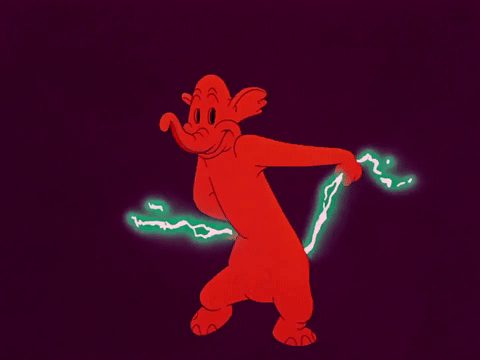https://www.astrobio.net/cosmic-evolution/cold-clouds-and-water-in-space/ wrote:
Cold Clouds and Water in Space
By Astrobiology Magazine - Jun 4, 2001
<<Astronomers have known for decades that there is a lot of water in space. Hydrogen is the most common element in the Universe, and oxygen is made in stars and dispersed by events such as supernova explosions. The two elements mix in star-forming clouds and form large amounts of water (H
2O). But because astronomers couldn"t measure gaseous water in cold clouds in space, they couldn"t be sure of the exact amount of water in those regions. "We"ve known for a long time that there is a lot of water ice out there," says Louis Allamandola, astrochemist for the NASA Ames Research Center and member of the NASA Astrobiology Institute (NAI). "We also knew some water existed in the form of a gas, but we weren"t sure how much."
Spanish and Italian astronomers have now determined how much of the water in cold regions of space is in gaseous form and how much is frozen. By doing so, they have been able to measure the total amount of water in the cold regions.
The team found that 99 percent of the water in cold clouds is ice condensed on cold dust grains, while only 1 percent is in gaseous form.
The mean temperature of the water in these cold regions is 10 K. This has been a limitation when searching for all the water available in the clouds: The "solid" water, or ice, in cold regions is detected relatively easily from telescopes on Earth, but the signature of water vapor is hidden by the water vapor in our atmosphere. The water vapor in the cold clouds also does not emit radiation detectable by telescopes because of the low temperature and density of the clouds. To look beyond the Earth"s water vapor, the team used data from the space telescope ISO, the European Space Agency"s Infrared Space Observatory. They knew that if light from a far-away object passed through some water vapor on its way to Earth, the water vapor would leave a chemical "fingerprint" on that light. Astronomers decided to search for this fingerprint in light from two regions in the galactic center that passes through several cold clouds on its way to Earth.
By analyzing data stored in the ISO Archive, Italian astronomer Andrea Moneti and his colleagues found that cold regions have as much total water (ice plus vapor) as warmer regions where stars are actively forming. Some hypotheses had suggested that water molecules were best preserved by processes happening exclusively in warm clouds. This ISO finding therefore gives new insights into the question of how water is formed and preserved in space.
As Moneti explains, "in cold regions you expect to find most of the water forming ices because water vapor condenses on cold dust grains, much as it does on car roofs and windows in the winter. In warmer regions, on the contrary, the stars heat the environment and the ice on the dust grains evaporates – as when the Sun makes the frost evaporate off your car. So the rule is: the colder the cloud, the less water vapor. But we expected that there had to be at least some water vapor in quiescent clouds, only it had not been detected."
These regions are called "quiescent" or "cold" clouds because there are no stars forming within these zones, and they therefore lack strong internal heat sources. Astronomers estimate that there are millions of cold clouds in the Milky Way. "Another name for these cold regions is dense molecular clouds, says Allamandola. "If you look into the night sky at the Milky Way, these clouds look like dark patches where there doesn"t appear to be anything. Actually, these clouds contain tiny dust particles that block the background starlight. The interstellar medium is generally very cold, but these clouds are even colder because of the blocked starlight."
The clouds form because of elements thrown off by evolving stars, says Allamandola. "The stars give off some of their heavy elements in the form of fine particles ‘ about the size of particles from cigarette smoke ‘ and once these particles are in interstellar space they form the dust. The dust particles probably form into these clouds through a combination of factors, such as gravitational forces and shock waves."
The cold clouds are the future birthplaces of low-mass stars like the Sun, and solar systems like our own. Thus, this research has implications for the study of newborn planetary systems, since the water vapor and ices in the clouds may end up in gaseous planets, planetary atmospheres and solid bodies like comets. Although the role of water in the formation of planets and comets is not yet fully understood, a simplified description is that some of the ice remains unprocessed and ends up in comets, while some of the ice turns into vapor and is used to make planetary atmospheres and gaseous planets."
 AE Aurigae and the Flaming Star Nebula
AE Aurigae and the Flaming Star Nebula